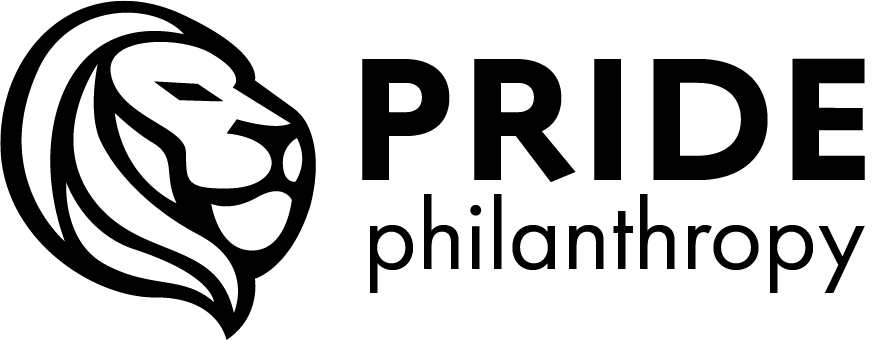How to Create an “Active” Instead of a “Passive” Fundraising Program
The shift of how your nonprofit can move from “let’s hope gifts come in” to “let’s go get them” can be a simple, but wildly substantial one. It’s the overarching attitude that will trickle down through your entire program and team to create more impact for your mission than you could have imagined. While a lot of factors go into what separates a successful fundraising program from an unsuccessful one, this mindset would arguably be the most important one. Here’s some tips of how you can create an “active” fundraising program for your nonprofit.
What Do We Mean by “Active” and “Passive”?
Passive Fundraising looks like:
“Build it and gifts will come.”
Generic direct‐mail appeals, a lonely and hopeful “Donate” button tucked on the website, light-touch social posts, waiting for the same grants to renew, planning a fundraising event and hoping for the best.
Flat or declining revenue, unpredictable spikes and inconsistent cashflow, donor fatigue.
Active Fundraising looks like:
“We drive the connection with our supporters.”
Individual cultivation plans for top donors, peer-to-peer conversations, personalized stewardship, proactive grant prospecting, bold and relationship-based leadership asks.
Predictable growth, stronger relationships, diversified revenue.
Why Passive Fundraising Persists
Comfort Zone: Sending another e-blast from your desk feels much safer than meeting a major donor for coffee.
Capacity Myths: “We’re too small” often hides a lack of focus, not true limitations about size or capacity.
Historic Success: Last year’s gala covered the budget. Why change this year?
What “worked” yesterday rarely works tomorrow. Donor expectations and the competition for dollars keep climbing whether we like it or not.
The Active Fundraising Playbook
Personal Pipeline Mapping
Identify the ~20 % of donors who provide 80 % of revenue.
Document next step, who owns it, and by when for each prospect. Be practical and set realistic goals that you can actually achieve but also push you a little bit.
Intentional Stewardship
Swap one-size newsletters for segmented or personalized impact updates.
Celebrate “loyalty moments” such as first-gift anniversaries or volunteer milestones.
Experience-Driven Events
High-touch but low-cost gatherings, tours, coffee with your CEO, or campus visits if applicable. Any recognition event we do should provide some more insider information for our supporters and keep them updated and in the fold.
Board & Volunteer Activation
Give people training, clear roles, and deadlines. Don’t be afraid to give people assignments if they have agreed to help.
Pair reluctant board members with staff for joint donor visits to build confidence and get reps at donor conversations.
Data-Backed Decisions
Utilize your CRM (if you have one) for capacity + affinity indicators.
Run some simple A/B tests on appeals—double-down on what works, drop what doesn’t.
Common Roadblocks
“We don’t have major donors.”
Use peer information and wealth-screening to segment by capacity and interest. You might be surprised who surfaces. When in doubt, start with your board and build out from there.
“Our board hates asking for money.”
Surprise! Everyone’s board does! Start by getting them some proper training on where they fit in the fundraising process to best utilize their talents (even if it’s not directly asking for money).
“We can’t afford fancy tech.”
Even a well-kept spreadsheet beats an unused CRM. The magic is in consistency and relationship building, not the platform. The platform is just a tool like any other with the purpose of keeping your organized for what you need to be doing anyways.
The Passive-to-Active Litmus Test
Before every tactic, ask: “Does this put us in the driver’s seat?”
Posting a generic graphic on Facebook? Passive.
Phoning a lapsed donor to share a recent success story? Active.
If most of your calendar looks passive, it’s time to shake it up and try something new.
Key Takeaways
Active fundraising is just being disciplined with the time you’re already spending. It’s not “extra” work. It replaces low-yield busywork with actions that produce revenue.
Relationships scale revenue. The deeper the connection, the larger (and more predictable) the gifts.
Start small, and right now now. One intentional donor conversation per day can reshape your pipeline in a single quarter.
Ready to flip the switch to have an active fundraising program? If your nonprofit is serious about scaling up your fundraising revenue, reach out to us and we would love to learn how we can help your nonprofit raise more money!

